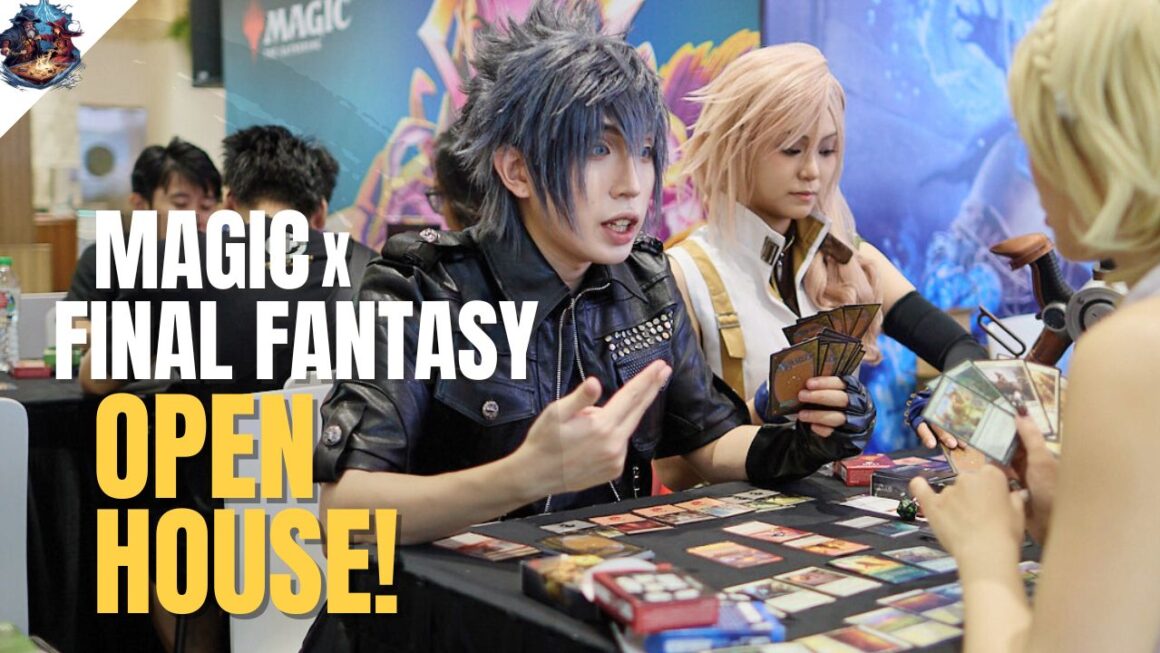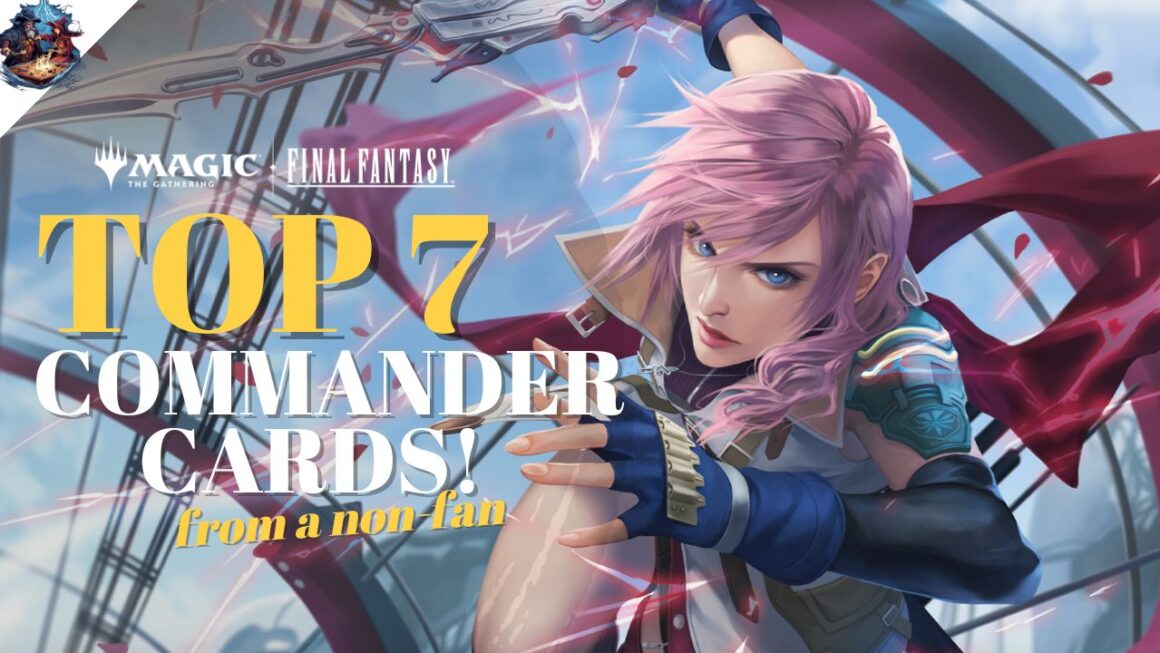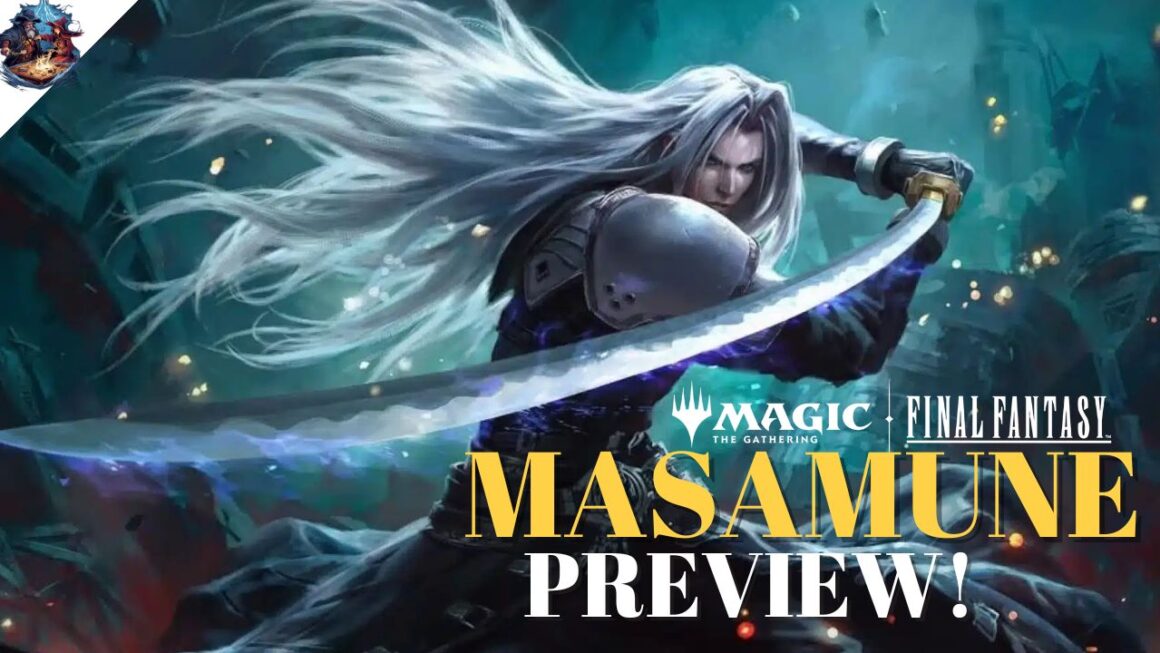Now that you’ve cast some spells in the Main Phase, we can dive into the most exciting part of the Magic: the Gathering – creatures slugging it out in the Combat Phase!
Why is there a Combat Phase? Combat is the most commonly used method to deal damage to the opponent. Once the opponent is down to 0 life, you win! Although there are different ways to get there, attacking with creatures is arguably the fastest way to do so.
The Combat Phase in MTG is split into three main components: attacking, blocking, and dealing damage. Although these three components are split further into several more parts, we will just focus on the basics for this learning guide.
Here’s a basic summary of the Combat Phase:
- Declare Attackers
- Declare Blockers
- Damage Resolution
Attacking in the Combat Phase:

Whether it’s your turn or the opponent’s, the player will declare attackers by Tapping them. If there is a Planeswalker controlled by the opponent, you will have a choice of attacking either the player or the Planeswalker.
A creature that has Vigilance, such as Serra Angel, doesn’t have to Tap to attack. If there are no creatures on the battlefield, or you decide not to attack at all, then the entire Combat Phase is skipped.
In paper MTG, a good practice is to clearly differentiate which creatures are attacking and which are not. Place the attacking creature cards forward (and Tapped), closer to the opponent’s battlefield.
Blocking in the Combat Phase
If any creatures are declared as attackers, then it’s now down to the defending player to decide whether to block. If the defending player chooses not to block, then we can go straight to damage resolution. Naturally if there are no blockers available, then the damage goes through as well.
To block, the defending player has to allocate the blockers by placing one or more creatures to ‘obstruct’ the attacking creature’s path. Not all attacking creatures have to be blocked.

In the example from MTG Arena, the bottom player has initiated an attack with four creatures, and the top (defending player) has allocated only one blocker. The 1/1 soldier token is blocking Knight of the Ebon Legion.
Damage (And Life Gain) Resolution

Once attackers and blockers are all decided and set, then comes damage resolution. Generally, creatures deal their Power level to the opposing creatures’ Toughness level. There are some rare exceptions, such as when High Alert forces some creatures to deal damage with Toughness instead.
Creatures with the First Strike ability (such as White Knight) will deal their damage first before all other creatures. Damage is always done simultaneously, hence all First Strike damage is dealt at the same time, and after that all normal damage together.
Just like damage, all life gained from Lifelink ability is also accounted for at the same time. There are times when life gain can make a difference between a win and a loss!
End Step (and Caveats)
And that’s a quick and dirty summary of how combat takes place in MTG! Do note that the Combat Phase can be much more interactive, as players play Instant spells (known as Combat Tricks) to help their own creatures. It can get confusing so we left it out of this basic guide. We will be going in-depth into combat strategies in a separate, advanced guide.
In the meantime, check out the rest of the articles in our Basic Learning Guide for beginners!
- New Duskmourn Mechanics – Room Enchantments, Eerie, Impending & Manifest Dread!
- Paper vs Arena for Magic: the Gathering: Analyzing 6 Pros and Cons
- Magic Basics: Understanding Non-Basic Dual Lands | MTG
- Magic Basics: What’s the Difference Between Activated, Triggered and Mana Abilities?
- Magic Basics: What is Commander Damage?




